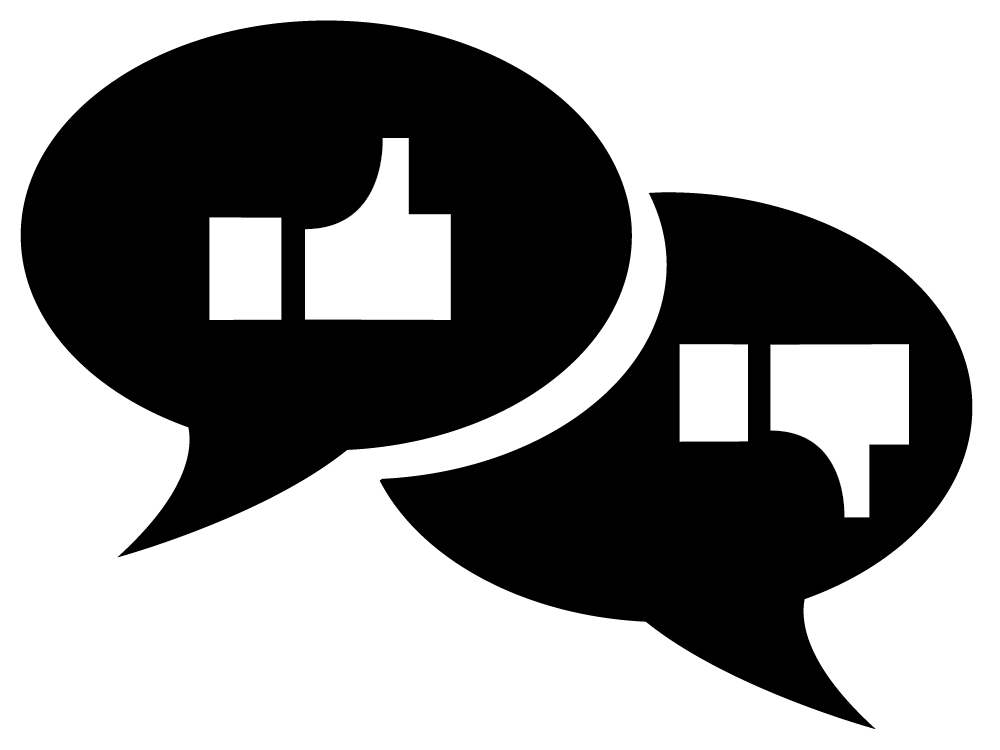Skim through your inbox from last week and you might find emails on undergraduate student updates, departmental events, Chancellor invitations, DU Digest and internal news. Receiving these emails is a daily part of every student’s life, but do we actually pay attention to them? Too often, the answer is no. To effectively communicate, DU administration and organizations should improve distribution of information through smaller messages, fewer emails or new mediums of communication.
A McKinsey Global Institute report shows that the average worker spends 13 hours per week reading and responding to emails. However, according to a New York Times article, the average college student spends a mere six minutes on email. The divide is clear: while administration and faculty may be used to spending lengthy amounts of time using email in their workday, students do not spend enough time to even read through every email sent by teachers, organizations and the university.
Students should always make attempts to stay engaged in whatever form of communication their professors are using. Forgetting to check your email inbox is not an acceptable excuse to miss updates on tests when nearly every single professor on campus uses email as their primary mode of communication. However, any student who has received 15 emails from a single professor in one day understands how difficult it can be to keep track of class updates this way. Many professors need to improve their email methods to ensure that students can effectively understand exactly what each class update is.
While it is crucial that students keep track of emails from professors, emails from administration and on-campus organizations are often skipped or skimmed, and understandably so in most instances. When we receive emails every single day about events or opportunities that oftentimes do not apply to us, it is difficult to stay engaged in every administrational email.
So, how do students receive the information they need? An article from Inside Higher Ed shows that students increasingly rely on social media for necessary information, whether through pages they follow on Twitter and Facebook, or groups that students can receive notifications with every update.
Most student organizations have groups or pages similar to these to distribute information, but most DU administration groups either do not have a page or only distribute marketing-related information.
To effectively communicate to students, DU should improve social media communications to current students. This could be done through posts sent throughout the week regarding issues that were already sent through an email. This way, students are reminded of events quickly and are more likely to read about it. If they want follow-up they can refer to the email. This could also be a better way for professors to notify students of changes: through class groups, or pages, if they don’t want to add their students on Facebook.
Additionally, DU could divide its campus-wide emails into smaller emails spread throughout the week. Instead of sending one very lengthy email with all campus updates every week, administration could send a weekly event email, opportunity email, and update email. This would be even more effective if more offices combined these emails. For instance, the Chancellor updates could be included in an update email, rather than getting sent individually. As students are used to reading a larger volume of small messages, like the common format on social media, it is more likely that students would read these notifications, as long as the volume isn’t increased to an absurd amount.
Communications between students, administration and professors may always be difficult, but there are steps that all parties can take to become more engaged with each other. Most importantly, DU administration should improve communication through mediums that students are more familiar with than email.










